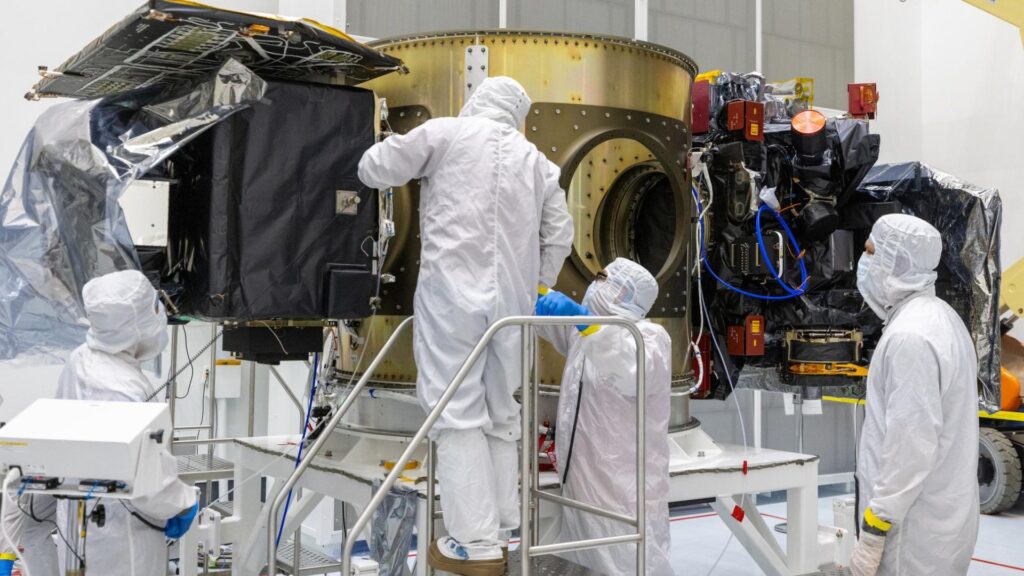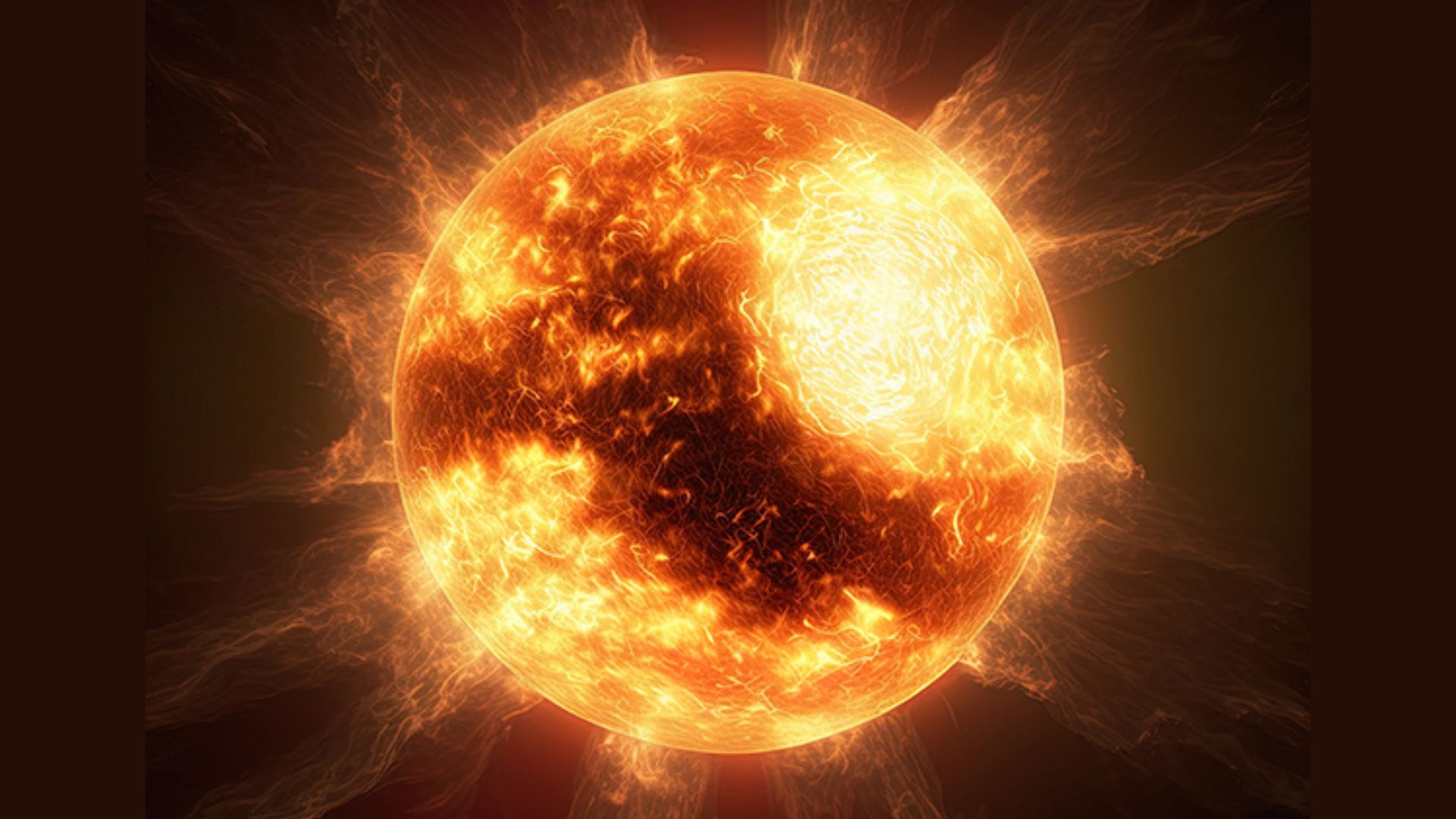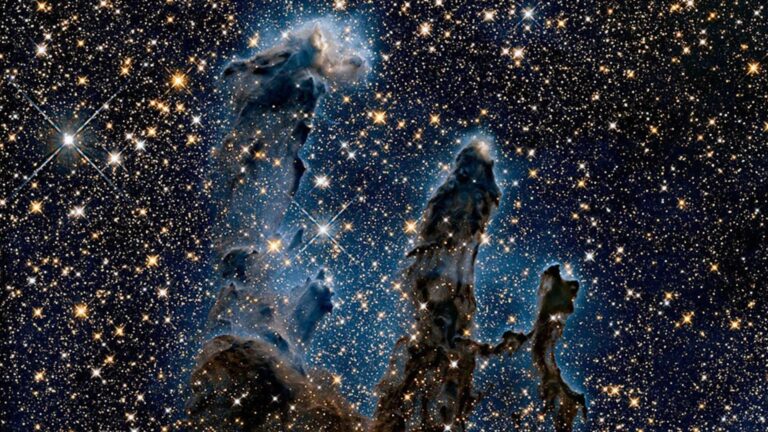
NASA is preparing to launch a constellation of space weather monitoring satellites on September 23, 2025, as the agency warns that unexpectedly intense solar activity poses growing threats to power grids, satellites, and critical infrastructure worldwide.
Critical Mission Launches as Solar Activity Surges
Three spacecraft will lift off aboard a SpaceX Falcon 9 rocket from Kennedy Space Center:
- NOAA’s Space Weather Follow-On L1 (SWFO-L1): the agency’s first dedicated space weather satellite
- NASA’s Interstellar Mapping and Acceleration Probe (IMAP)
- Carruthers Geocorona Observatory
SWFO-L1 will replace aging sentinels such as ACE, SOHO, and DSCOVR—some operating decades beyond their design lives—and join its partners at Lagrange Point 1, approximately one million miles from Earth toward the Sun. From this vantage, the constellation will deliver 15 to 60 minutes of advance warning before solar storms arrive, enabling power-grid operators and satellite companies to enact protective measures (Space.com).
Solar Activity Defies Scientific Predictions
A new NASA study led by JPL plasma physicist Jamie Jasinski reveals the Sun has been “slowly waking up” since 2008, reversing expectations of a prolonged lull. Analysis of ACE and Wind data shows:
- Solar wind speed + 6%
- Density + 26%
- Temperature + 29%
- Pressure + 45%
Solar Cycle 25, which began in 2020, is now forecast to peak in 2025–2026 with greater intensity than its predecessor, contradicting long-held models of a weak cycle (NASA).
Recent Storms Signal Growing Threat
Rising solar activity has already caused significant disruptions:
- May 2024: Extreme geomagnetic storm inflicted over $500 million in damages and disrupted Starlink, leaving tens of thousands without internet.
- September 14–15, 2025: G3-level storm created auroras visible as far south as Connecticut and Maine, driven by a “secret island” of positive magnetic polarity within a coronal hole, according to space weather physicist Tamitha Skov.
Severe geomagnetic storms can induce currents that damage transformers—potentially triggering blackouts lasting weeks or months—and disrupt GPS, satellite communications, and aviation, while exposing astronauts to heightened radiation.
Implications for Infrastructure Protection
With solar storms becoming more intense and unpredictable, continuous monitoring from the upcoming SWFO-L1 mission and its NASA partners is essential to safeguarding Earth’s increasingly complex technological infrastructure against solar threats that scientists acknowledge remain only partially understood.











